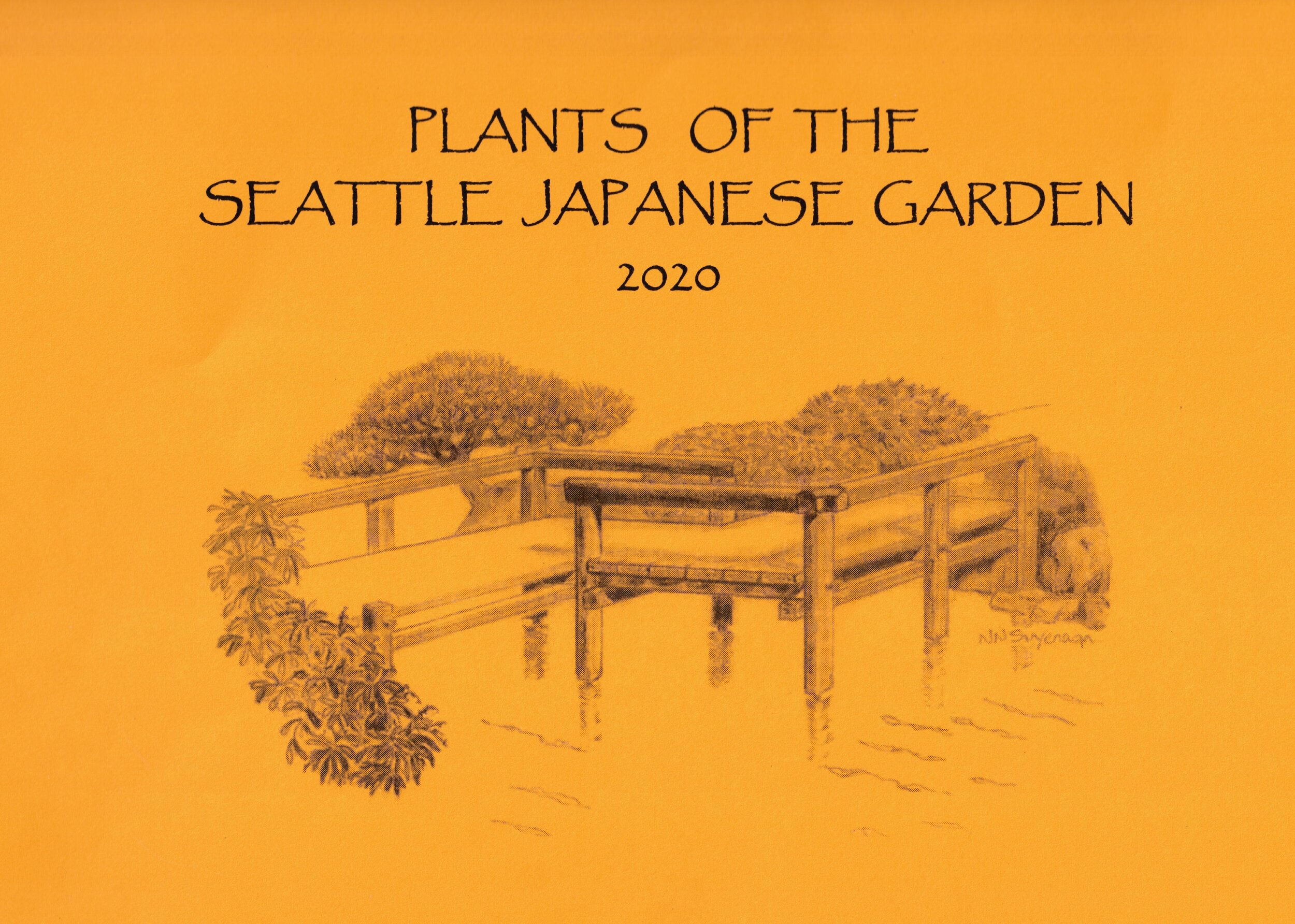This very old specimen tree is beloved by Garden Guides and visitors alike. And each year, its health and beauty are maintained and enhanced by Senior Gardener Peter Putnicki’s skillful pruning. Located prominently in Area B, brings beauty, gracefulness, movement, and dynamic change to the Garden.
Read MoreWith their brilliant fall colors, maples are the stars of autumn. All too often overlooked are the Garden’s lesser-known trees and shrubs—and their fall displays of attractive, charming, and unusual fruits.
Read MoreThis is the third in a series of three articles about the Garden’s plant collections, and how they have changed over time. This month, Sue Clark focuses on the Maple collection.
Maple trees are placed in a Japanese garden for various purposes. Among the most important ones are to frame an attractive view or to hide an undesirable one; to filter the western sun or provide shade for a special plant; or to give a beautiful reflection in water.
Read MoreWhen spring’s vibrant flowering has come to an end, visitors to the Seattle Japanese Garden experience the subtle beauty of its many shades of green. Now the shrub dogwood Cornus alba ‘Argenteo-marginata’ draws our attention. Its gray-green leaves edged in white are a luminous presence—as is the winter brilliance of its fiery red stems.
Read MoreBigleaf hydrangeas, native to and long cultivated in Japan, are one of the loveliest and most beloved of summer-blooming shrubs. Three plants now grace the Seattle Japanese Garden—a relatively new cultivar, Hydrangea macrophylla ‘Dancing Snow.’ It’s also known by the trademark name Double Delights™ Wedding Gown.
Read MoreCulturally and aesthetically significant, conifers are an integral part of the Japanese Garden. They bring a feeling of age and stability and help define areas in the garden that refer to natural landscapes of Japan, such as open woodlands, forested mountains, wooded hills and islands, and wind-swept shores.
Juki Iida included existing native conifers in his landscaping. Some remain, and he selections of conifers since the garden’s first decade have been inspired by Juki’s Iida’s design and vision for the Japanese Garden.
Read MoreGarden visitors may be interested in a Plant Booklet, revised each year and available online, that documents changes to the plant collection. In spreadsheet form, it lists names, sizes, location, and brief descriptions of the Garden’s plants.
Read MoreAcer palmatum ‘Samidare’ is a Japanese maple notable for its uniquely beautiful fall color. Green-leaved in summer, it comes alive in autumn, with striking foliage variations of patterning and color – intricate blends of gold, crimson and purple.
Read More








